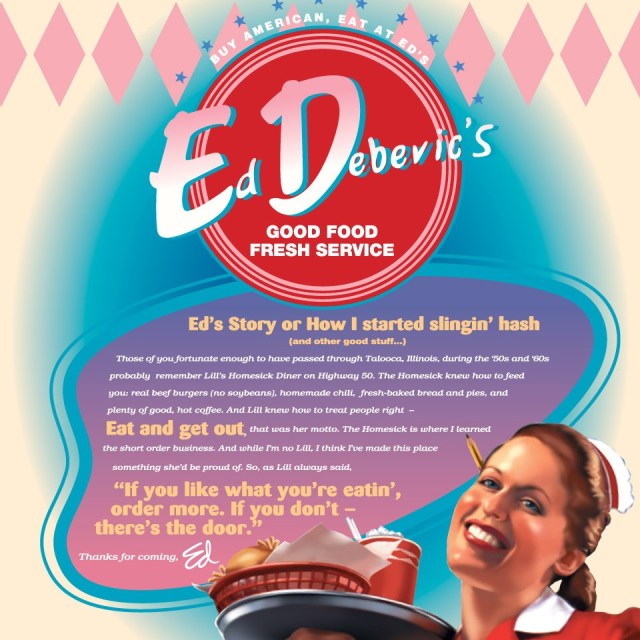Think Global, But Drink Local
- Leave a Comment
- Shortlink
- 2 min
It’s not just Americans that like American craft beer. The world has caught on, according to a recent PRI news item by Jason Margolis, and they want our tasty beer.
However, the growth of sales has been slowing because shipping beers across an ocean is complicated. As quoted in the Margolis’s story, Casey Kjolhede from New Belgium Brewery says:
The biggest challenge is quality. Our beer tastes best—all beer tastes best—fresh. So you’ve already got time against you going across the ocean.
The whole story is worth a listen, or you can read the transcript if you prefer silence. It’s also worth noting that “craft beer” refers to the “second wave” craft brews, those made by long-established breweries that have not yet been acquired by a global conglomerate. Those beers, I presume, are already available, as they were at this bar where Londoners watched the returns from the 2016 Brexit vote.
In the top left of Andrew Testa’s photograph for the New York Times, you’ll see a menu of American beers, most of which are of the “craft” variety that you might find at American airports: whatever “Kentucky Bourbon Barrel” beer is, Flying Dog, Goose Island, Rogue, and Blue Moon. I’m not sure what to think of Pabst being in this group. I guess it was “craft” when it earned its Blue Ribbons in 1882 and in 1916.
My takeaway from this story is a version of something I’ve said before on this site: enjoy this golden age of craft beer before it ends.
I’ll also add that you should definitely try beers from your local craft brewery rather than chasing down some exotic beer from a faraway, trendy brewery.
Sure, that beer that you’ve been “ISO” might be a better brew, but if it’s been traveling some distance for a significant amount of time, it might not taste like what the brewer intended.
That happened when a group of Australians drank a Brooklyn beer that was brewed in Australia, not one shipped across the North American continent and the Pacific Ocean. Eric Ottaway with Brooklyn responded to the Aussies’ criticisms, by informing them that “now it tastes like it actually should as opposed to beer that’s been sitting on the water for six weeks.”
Think Global, but Drink Local!

















